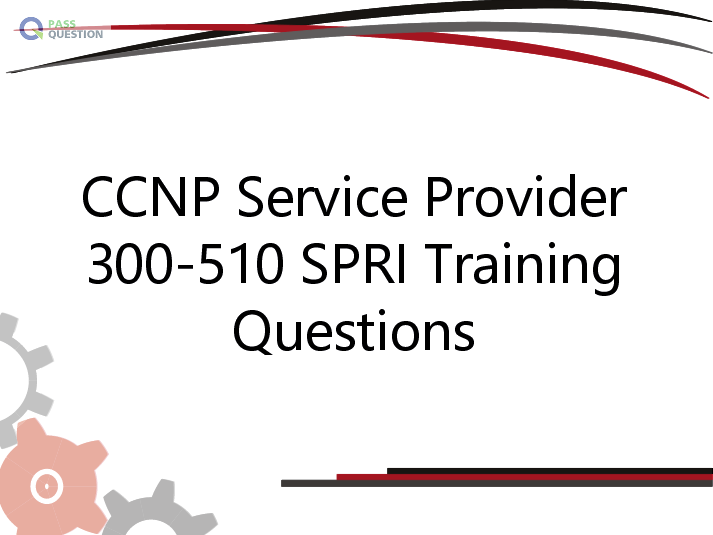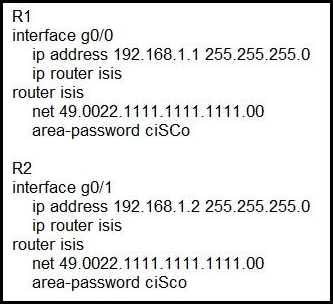CCNP Service Provider 300-510 SPRI Training Questions
300-510 Implementing Cisco Service Provider Advanced Routing Solutions (SPRI) exam is one of CCNP Service Provider certification exams. The only way to achieve 300-510 exam certification is to get CCNP Service Provider 300-510 SPRI Training Questions at PassQuestion. PassQuestion ensures the quality and value of the 300-510 questions and answers, let you can pass the Cisco 300-510 exam successfully in your first studying.

300-510 SPRI Exam Description - Implementing Cisco Service Provider Advanced Routing Solutions
The Implementing Cisco Service Provider Advanced Routing Solutions v1.0 (SPRI 300-510) exam is a 90-minute exam associated with the CCNP Service Provider and Cisco Certified Specialist - Service Provider Advanced Routing Implementation certifications. This exam tests a candidate's knowledge of implementing service provider advanced routing technologies including routing protocols, policy language, MPLS, and segment routing.
Achieving CCNP Service Provider certification proves your skills with service provider solutions. To earn CCNP Service Provider certification, you pass two exams: one that covers core service provider technologies 350-501 Implementing and Operating Cisco Service Provider Network Core Technologies (SPCOR) and one service provider concentration exam of your choice, so you can customize your certification to your technical area of focus.
General Guidelines for 300-510 SPRI Exam Content
This exam tests your knowledge of implementing service provider advanced routing technologies, including:
Unicast Routing
Multicast Routing
Routing Policy and Manipulation
MPLS and Segment Routing
View Online CCNP Service Provider 300-510 SPRI Free Questions
1.Refer to the exhibit.

Which tree does multicast traffic follow?
A. shared tree
B. MDT default
C. source tree
D. MDT voice
Answer: B
2.Refer to the exhibit.

After you applied these configurations to routers R1 and R2, the two devices could not form a neighbor relationship.
Which reason for the problem is the most likely?
A. The two routers cannot authenticate with one another.
B. The two routers have the same area ID.
C. The two routers have the same network ID.
D. The two routers have different IS-types.
Answer: C
3.A network consultant is troubleshooting IS-IS instances to identify why a routing domains is having communication problems between the two instances.
Which description of the possible cause of issues in the routing domain is true?
A. The same interface cannot be advertised in two different IS-IS instances
B. The IS-IS “ISP” and “ISP2” instances are unrelated and unable to intercommunicate
C. The configured IS-IS NSEL value is not allowing the routing systems to establish a neighborship
D. The interface mode ip router is-is command was not included in the script
Answer: A
4.What is used by SR-TE to steer traffic through the network?
A. shortest path calculated by IGP
B. dynamic rules
C. path policy
D. explicit maps
Answer: C
5.For which reason can two devices fail to establish an OSPF neighbor relationship?
A. The two devices have different process IDs
B. The two devices have different network types
C. The two devices have different router IDs
D. The two devices have the same area ID
Answer: B
- TOP 50 Exam Questions
-
Exam
All copyrights reserved 2026 PassQuestion NETWORK CO.,LIMITED. All Rights Reserved.

